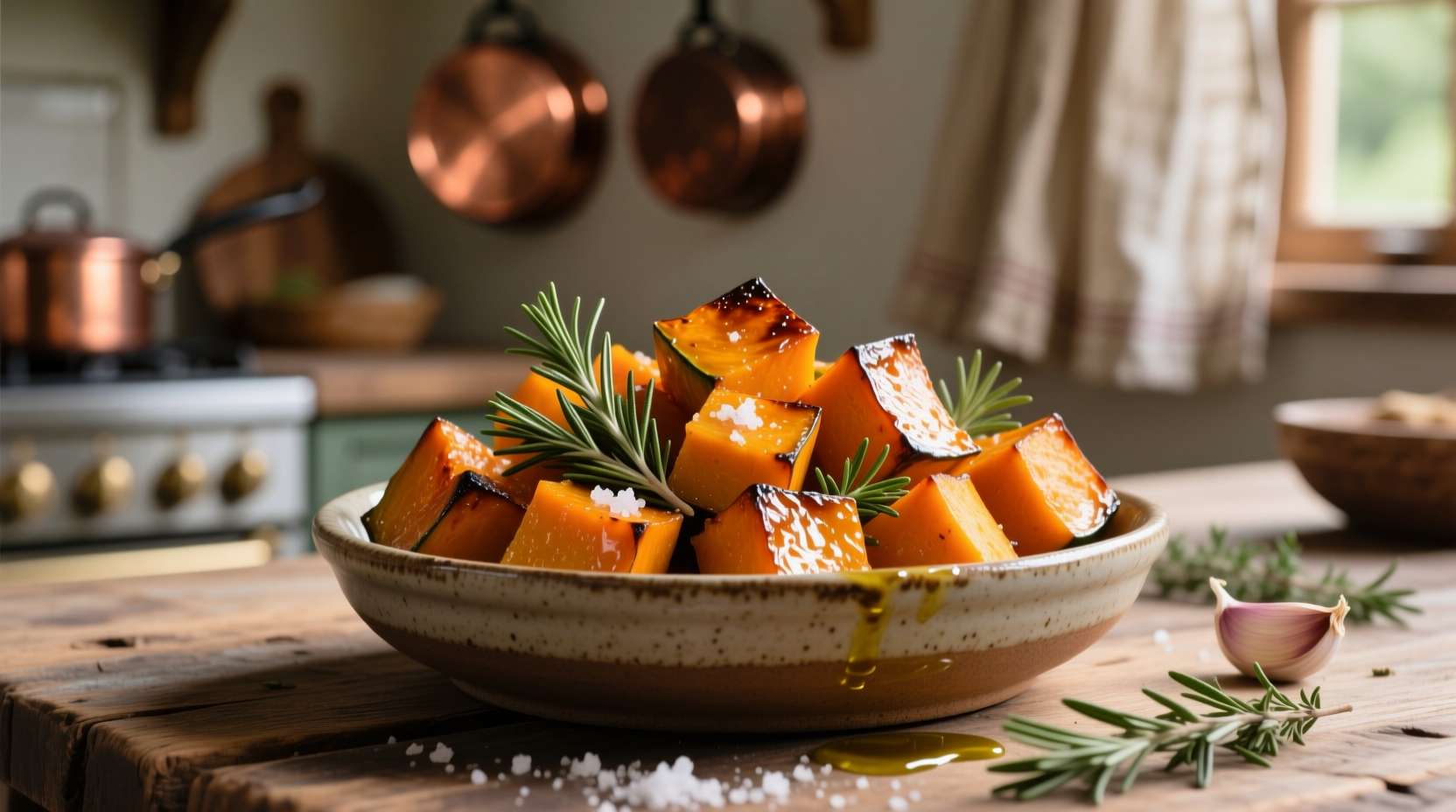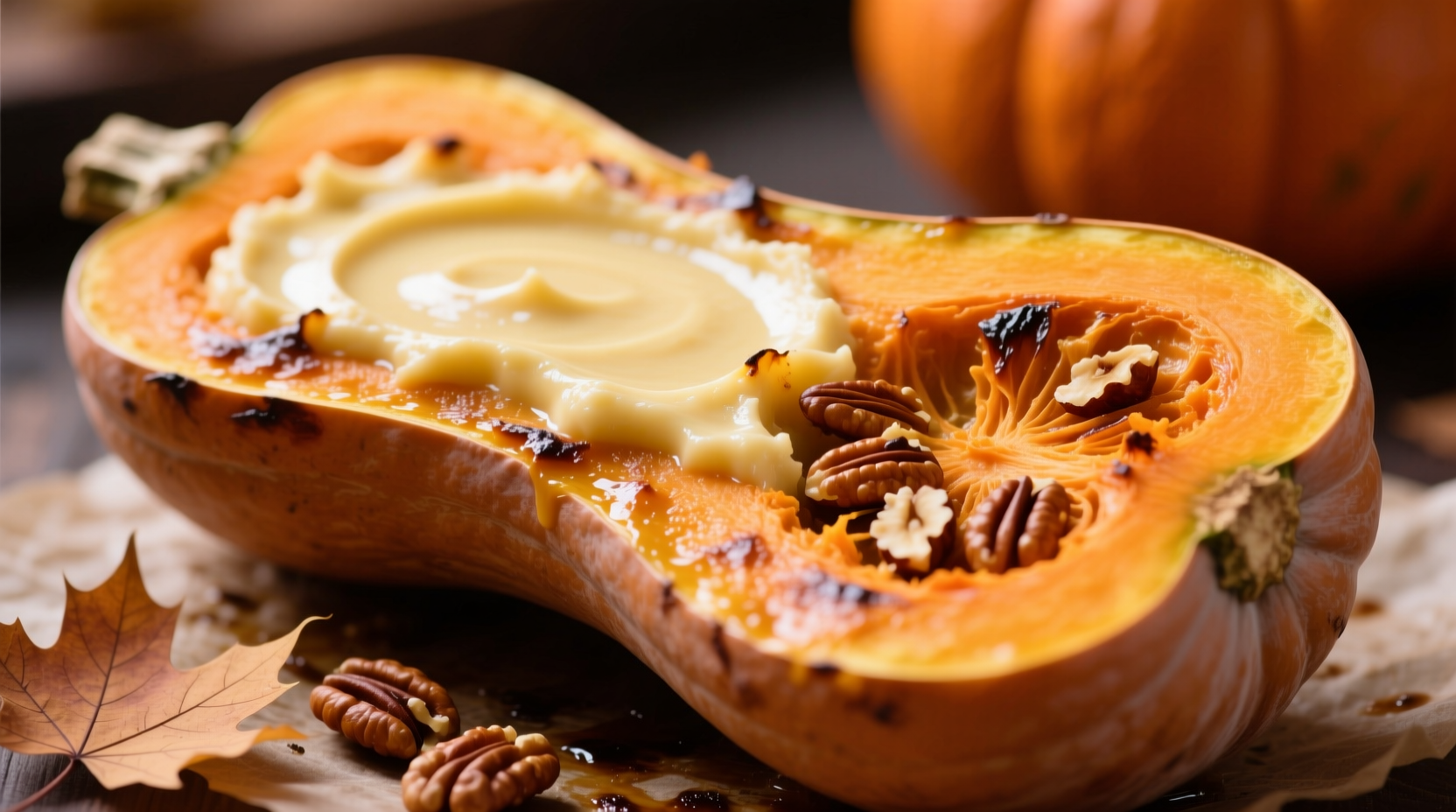If you've ever wondered what does butternut squash taste like before adding it to your shopping cart, you're not alone. This versatile winter squash confuses many home cooks with its unique flavor profile that sits somewhere between sweet and savory. Understanding its distinctive taste can transform how you approach cooking with this nutrient-packed vegetable.
Breaking Down the Butternut Squash Flavor Profile
Butternut squash delivers a complex flavor experience that changes based on preparation method. At its core, it offers:
- Natural sweetness – Higher sugar content than many other winter squashes
- Nutty undertones – Particularly noticeable when roasted
- Earthy depth – More subtle than pumpkin but present in the background
- Creamy texture – Contributes significantly to the overall flavor perception
The flavor compounds in butternut squash — primarily sugars, starches, and carotenoids — interact differently depending on cooking method. Roasting concentrates the natural sugars through caramelization, while boiling preserves more of the vegetable's inherent earthiness.
How Cooking Methods Transform Butternut Squash Flavor
Your preparation technique dramatically affects what butternut squash tastes like when cooked. Understanding these transformations helps you achieve your desired flavor profile:
- Roasting (400°F/200°C) – Creates deep caramelization, enhancing sweetness and nuttiness. The Maillard reaction develops complex flavor compounds that make roasted butternut squash taste remarkably similar to butterscotch or toasted nuts.
- Boiling – Preserves more of the vegetable's natural earthiness but can dilute sweetness. Results in a milder flavor that works well in soups where you want the squash to blend with other ingredients.
- Steaming – Maintains the cleanest expression of butternut squash's natural flavor, making it ideal when you want to taste the vegetable itself rather than cooking transformations.
- Raw (in small amounts) – Rarely eaten raw, but when grated finely, offers a crisp, slightly sweet flavor with noticeable starchiness.
Comparing Flavor Profiles Across Winter Squashes
Understanding what butternut squash tastes like compared to other varieties helps you make informed substitutions in recipes:
| Squash Variety | Flavor Profile | Sweetness Level | Best Cooking Method |
|---|---|---|---|
| Butternut | Nutty, sweet, subtle earthiness | High | Roasting, pureeing |
| Acorn | Earthy, woodsy, less sweet | Medium | Baking, stuffing |
| Delicata | Corn-like, sweet, creamy | Very High | Roasting with skin on |
| Pumpkin | Earthy, floral, less complex | Medium | Pureeing for baking |
Seasonal Ripeness and Its Impact on Flavor
The harvest time and storage duration significantly influence what does butternut squash taste like when you finally cook it. Unlike summer squashes, winter varieties like butternut actually improve in flavor after harvesting.
According to agricultural research from the University of Minnesota Extension, butternut squash develops its full sweetness during a 10-14 day curing period after harvest. During this time, starches convert to sugars, enhancing the characteristic sweetness that defines butternut squash flavor.
When selecting butternut squash at the market, look for these ripeness indicators:
- A hard, uniform beige skin (avoid green patches which indicate immaturity)
- A solid, heavy feel for its size
- A dry, intact stem (a sign of proper harvesting)
Perfect Flavor Pairings for Butternut Squash
Knowing what butternut squash tastes good with unlocks its full culinary potential. Its naturally sweet profile balances beautifully with contrasting elements:
Savory Enhancers
- Sage and thyme – Complement the earthy notes without overwhelming the delicate sweetness
- Garlic and onions – Create aromatic depth that balances the squash's sweetness
- Blue cheese or feta – The salty tang cuts through richness for a sophisticated flavor balance
Sweet Companions
- Maple syrup and brown sugar – Enhance natural sweetness without making dishes cloying
- Apples and pears – Their complementary fruit sugars create layered sweetness
- Nutmeg and cinnamon – Warm spices that echo butternut's natural flavor compounds

Common Flavor Misconceptions
Several myths persist about butternut squash taste that might prevent you from enjoying this versatile vegetable:
- "It's too sweet for savory dishes" – When properly balanced with acidic or salty elements, butternut squash adds complexity rather than overwhelming sweetness.
- "All winter squashes taste the same" – Butternut has a distinctly nuttier, less fibrous profile than pumpkin or acorn squash.
- "The skin is inedible" – Unlike other squashes, butternut skin becomes tender when roasted properly and contains valuable nutrients.
Practical Application Guide
Now that you understand what butternut squash tastes like, here's how to leverage its flavor in your cooking:
For Maximum Sweetness
- Cut into 1-inch cubes and toss with olive oil, salt, and pepper
- Rose at 400°F (200°C) for 25-30 minutes until caramelized
- Add a drizzle of maple syrup during the last 5 minutes of cooking
For Balanced Savory Dishes
- Saute diced squash with onions, garlic, and fresh sage
- Add a splash of apple cider vinegar to cut through sweetness
- Finish with crumbled feta or toasted walnuts for textural contrast
For Creamy Purees
- Steam until fork-tender rather than boiling to concentrate flavor
- Add a pinch of cayenne or smoked paprika for depth
- Stir in a tablespoon of butter for luxurious mouthfeel
Why Butternut Squash Tastes Different Than You Remember
If you've tried butternut squash before and found it lacking, modern agricultural improvements might surprise you. According to research from the USDA Agricultural Research Service, selective breeding over the past two decades has significantly increased the sugar content and reduced bitterness in commercial butternut varieties.
This evolution means today's butternut squash offers a more consistently sweet, less fibrous experience than varieties available even 10-15 years ago — explaining why many adults who disliked it as children might find they enjoy it now.











 浙公网安备
33010002000092号
浙公网安备
33010002000092号 浙B2-20120091-4
浙B2-20120091-4